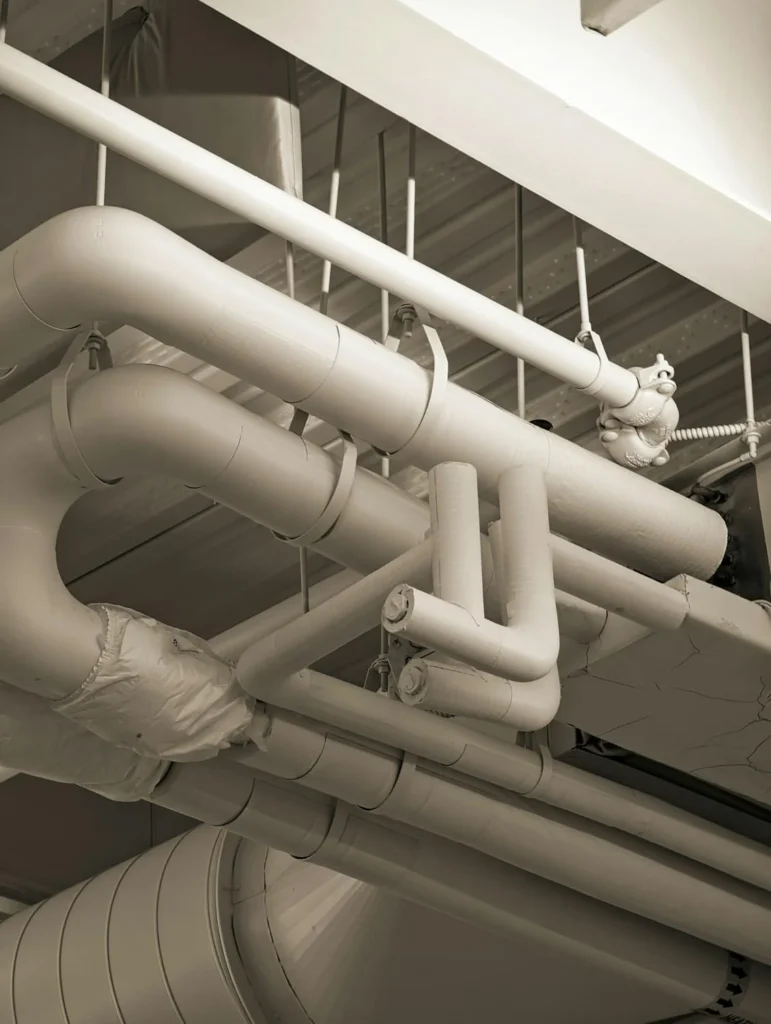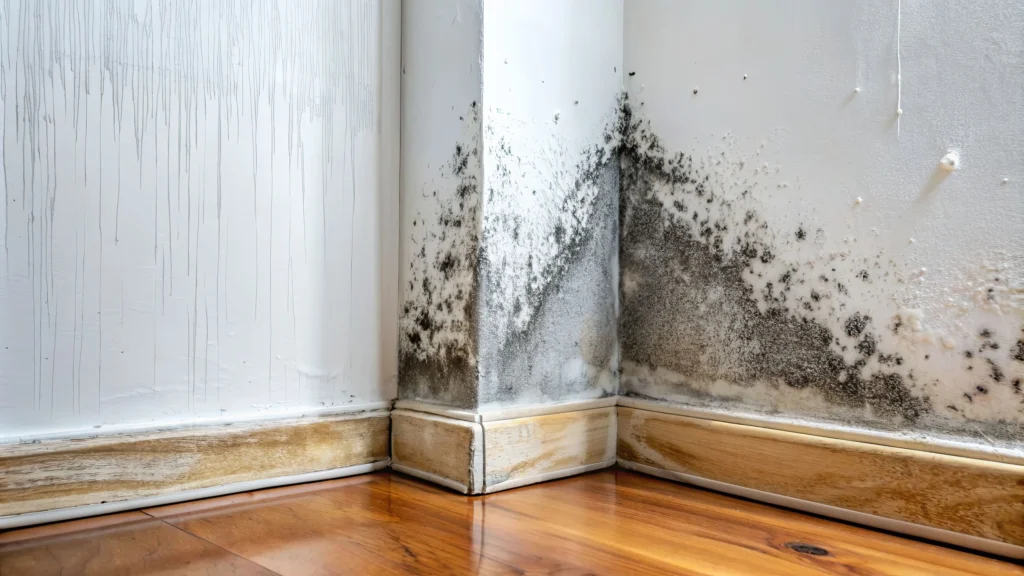A fire in your home or business is devastating. The immediate danger is over once the flames are extinguished, but the aftermath is an entirely different challenge. The damage left behind such as smoke, soot, water saturation, and structural weakening can be overwhelming. Where do you even begin?
If you’ve experienced a fire, understanding the clean-up and restoration process is crucial. Many people assume they can tackle the restoration themselves, but without the right knowledge and equipment, this can cause further damage and delay the recovery process. In the UK, where over 27,000 dwelling fires occur annually, knowing how to handle the aftermath is critical.
This guide will walk you through the essential steps of fire damage restoration, highlighting the risks involved and when to call in professional help.
Step 1: Assess the damage and ensure safety
Before starting any clean-up, safety comes first. Fires weaken structures, expose hazardous materials, and leave behind airborne toxins. Follow these essential steps before re-entering the property:
- Wait for clearance: Only re-enter when fire officials have declared it safe.
- Wear protective gear: Soot and ash particles are microscopic and carcinogenic. Always wear gloves, a mask (preferably an N95 respirator), and protective clothing.
- Assess structural integrity: Fire can weaken walls, floors, and ceilings. If in doubt, get a professional structural survey.
Step 2: Address water damage quickly
It’s easy to focus on fire damage, but one of the biggest post-fire threats is water damage from firefighting efforts. The longer water sits, the higher the risk of mould and further structural deterioration.
- Extract standing water: Use wet vacuums or pumps.
- Dehumidify: Set up industrial-grade dehumidifiers and fans to speed up drying.
- Check for mould: Mould can start forming in as little as 24 – 48 hours in damp conditions.
- Dispose of irreparable items: Waterlogged carpets, furniture, and insulation often need removal to prevent mould spread.
Step 3: Soot and smoke residue removal
Soot and smoke penetrate deep into materials, leaving stains and unpleasant odours. The type of fire determines the kind of soot left behind, affecting the clean-up process:
- Dry soot (from fast-burning fires): Easier to clean using HEPA vacuuming.
- Wet or oily soot (from slow-burning fires): Sticks to surfaces and requires specialist degreasers.
- Protein residue (from kitchen fires): Nearly invisible but leaves a strong odour and greasy residue.
Cleaning methods:
- HEPA vacuuming: Essential for removing fine soot particles.
- Chemical sponges: These absorb soot without smearing it further.
- Alkaline cleaners: Help neutralise acidic soot that corrodes metal and surfaces.
Step 4: Tackling odour removal
One of the hardest parts of fire restoration is eliminating lingering smoke odour. The problem arises because smoke particles become embedded deep in porous materials like walls, carpets, and furniture.
Common methods used in the UK for odour removal include:
- Ozone treatment: Breaks down odour molecules at a molecular level.
- Hydroxyl generators: Safer than ozone and effective for smoke odour removal.
- Thermal fogging: Reopens porous materials, neutralising trapped smoke particles.
- Activated carbon filters: Helps remove airborne smoke odours when used in air purifiers.
Step 5: Preventing corrosion and secondary damage
Soot and ash are acidic and will continue corroding surfaces if left untreated. Within days, metal fixtures begin rusting, and electronics suffer from short circuits due to soot exposure.
To prevent ongoing damage:
- Wipe down all metal surfaces with oil or alkaline cleaners to neutralise acidity.
- Check and clean HVAC systems: Soot and debris often settle in air ducts.
- Avoid touching soot-covered surfaces: The natural oils in your skin can bond soot particles to materials, making them harder to remove.
Step 6: Know when to call the professionals
Fire restoration is complex and, if done incorrectly, can cause irreversible damage. If the fire was extensive, the best course of action is to hire a professional restoration company. In the UK, companies accredited by the BDMA (British Damage Management Association) have the expertise to restore properties safely and effectively.
Professional fire damage restoration includes:
- Full structural assessments
- Specialist soot and smoke removal
- Industrial drying equipment to prevent mould growth
- Decontamination of hazardous materials
Hiring professionals may seem costly, but a DIY approach that doesn’t fully restore the property can lead to long-term issues such as lingering odours, respiratory problems, and structural weakness, problems that may cost significantly more to fix later.
What next?
Recovering from a fire is never easy, but knowing what steps to take can make the restoration process more manageable. Safety should always be your top priority, followed by swift action to address water damage, soot, and odour removal.
For serious damage, don’t hesitate to contact a BDMA-accredited fire damage restoration company. Acting quickly can mean the difference between salvaging your property or facing escalating costs.
If you need expert help, get in touch with our fire restoration specialists. We’re available 24/7 to assist you in restoring your home or business to a safe, habitable condition.





















